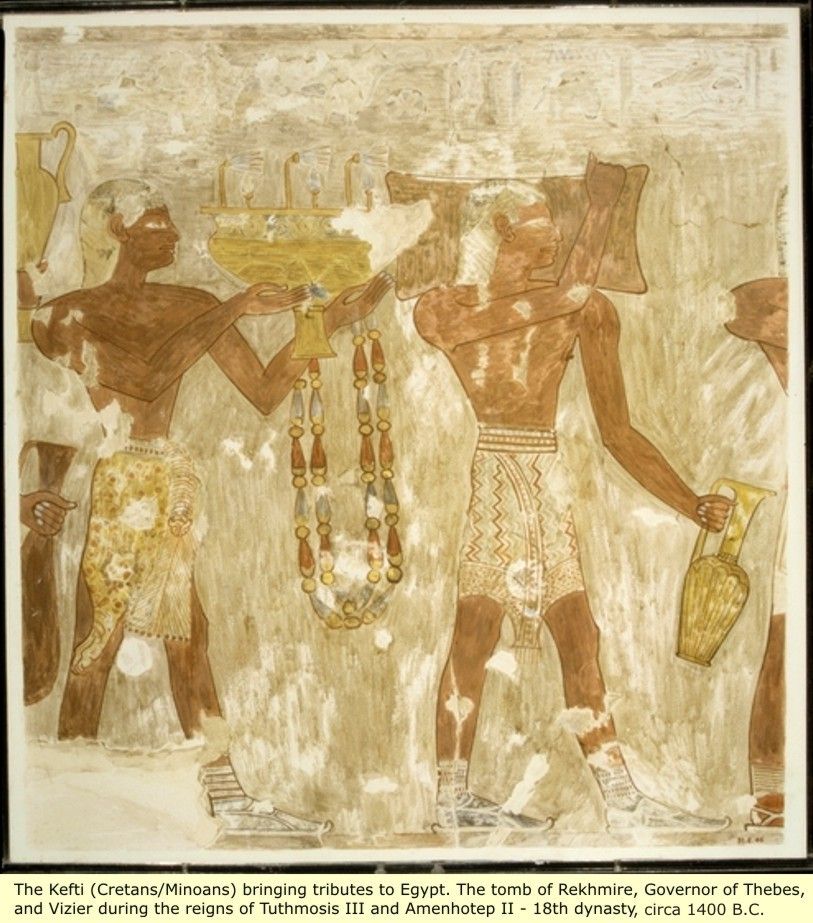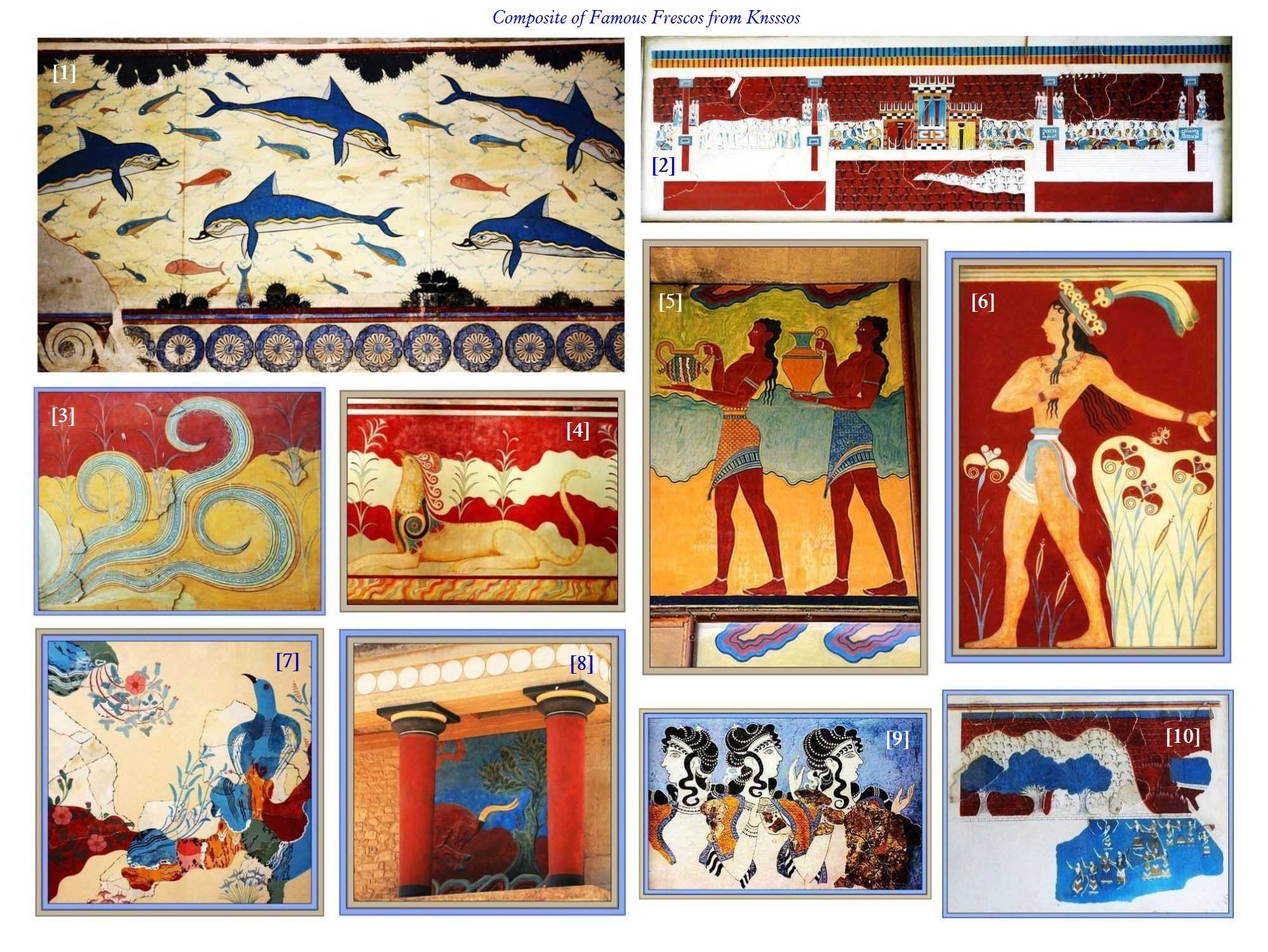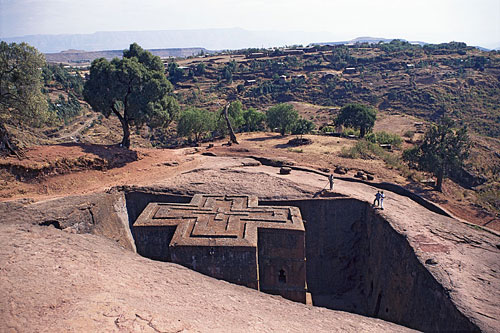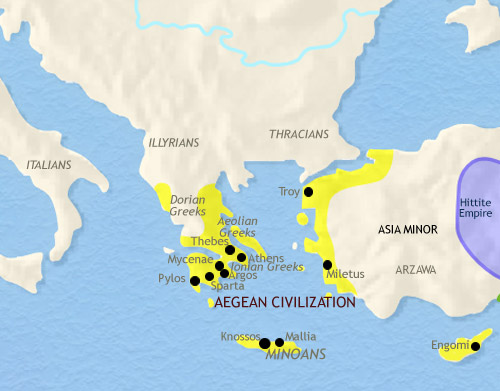The Ancient Babylonian ie: Samaritan city of Cutha or Cuth (Heb. כּוּת, II Kings 17:30; כּוּתָה; II Kings 17:24) was the Capital for a people who we know today over the course of history by various names such as the Kush, Cush, Kish, Cuthites, Cushite, Cutheans, Chaldeans, Babylonians, and Samaritans – to name a few. However, in the Talmud, the name “Cutheans” referred to “all Samaritans” and the contract tablets found by Rassam at Tel-Ibrahim (Abraham) shows that the ancient name of Cuthah was also spelled, Gudua or Kutu (Kuta).
The city of Kutu AKA Cuthah was known as the Capital of the God of the underworld ie: Hell – Nergal with his central temple called É-MES-LAM (Meslam House), stood in Cuthah (cf. e.g., Laws of Hammurapi, Preamble, line 71), and the Cuthean colonists in the province of Samaria established this cult there (II Kings 17:30).
We find in a Sumerian text (IV R. 26, No. i) the city Gudua referred to the Nergal, where he is called here Un-Gudua, “Lord of Kutha,” this only confirms the familiar statement from II Kings 17, 30 that Kutha was the center for the cult of Nergal.
According to author Archibald Henry Sayce, Nergal was the local deity of the town called Gudua, “the resting-place,” by the Accadians — a name changed by the Semites into Kutu or Cutha — which is now represented by the mounds of Tel-Ibrahim. (Lectures on the Origin and Growth of Religion) These Semites I would assume are connected to the Cretans through the Tribe of the Samaritans with their priests being the Levites whose lion-headed god of the Underworld (Hell/Modernity) Nergal,’ the god of the great city of the dead called Gudua was the cemetery where all their (my) fathers were buried.
It is here at Kutu or Kutha, which is also the name of the capital of the Sumerian AKA Mesopotamian underworld where “Irkalla AKA Kur, Irkalla, Kukku, Arali, Kigal, and various other names, was a dark, dreary cavern located deep below the ground, where inhabitants were believed to continue “a shadowy version of life on earth”.
The only food or drink was dry dust, but family members of the deceased would pour libations for them to drink.”
What I have found interesting about this ancient story is that the underworld was also the abode of various demons such as the child-devourer demon known as Lamashtu, the fearsome wind demon and protector god Pazuzu, and the demons who drag people into the underworld to be tortured were called the “galla.”
We can connect this demon galla to the Samaritans, Galileans with their Holy Cocks and God Nergal. Galla or Gal is where we get the English word cock or rooster which in Greek is ἀλέκτωρ, ορος, ὁ or alektór and in Latin is gallus or gallinaceous. The surname for Jesus being a Galilean (Cock/Rooster) from Gallillee and his Apostles like Simon who was surnamed Peter were Galileans as well. (Matthew 26:69; John 7:41)
Lest we not forget that the King of Demons in Judaism is named Asmodeus (Ashmedai) who according to the Kabbalah, is a cambion, born as the result of a union between King David, and the Queen of Demons named Agrat Bat Mahlat who was a succubus. David was the second king of the United Kingdom of Israel and Judah, and also an ancestor of Jesus.
The 7th century Pope, Gregory the Great named Asmodeus as an angel of the Order of Thrones. The Order of Thrones is the most influential Christian angelic hierarchy. A throne is some type of ceremonial chair for a sovereign, bishop, or similar figure possibly like the one uncovered in the Palace of Gnosis AKA Knossos on Crete?
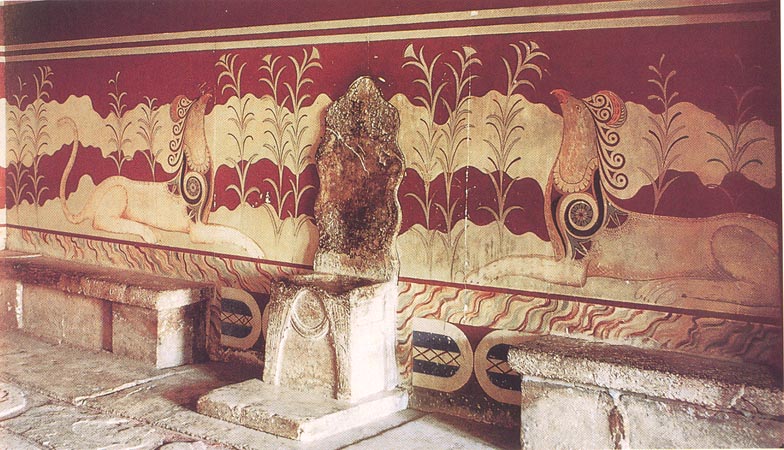
His mother and ancestor of the Lord – Agrat Bat Mahlat was a female demon who is referred to as succubus, and who appears in dreams and takes the form of a woman in order to seduce men, usually through sexual activity. The male counterpart is the incubus.
In the Tanakh, Cuthah was one of the five Syrian and Mesopotamian cities from which Sargon II, King of Assyria, brought settlers to take the places of the exiled Israelites (2 Kings 17:24-30). II Kings relates that these settlers were attacked by lions.
Another connection to these people we find in the Scripture being the Tribe of Gad – AKA Gadites (Gudua) who in Deuteronomy is the division of land was given the territory north of Aroer by the Arnon Gorge, including half the hill country of Gilead, together with its towns. Their tribe was said to be fierce and warlike; they were “strong men of might, men of war for the battle, that could handle shield and buckler, their faces the faces of lions, and like roes upon the mountains for swiftness” ( 1 Chronicles 12:8 ; 5:19-22 ).
Please keep in mind that Satan who we know the Church Fathers had called Simon Magus was also a Samaritan and Galilean is associated with the symbology of the lion and the Lord Jesus as being a lion of the Tribe of Judah and also a Galilean.
In the Scripture, we find that the Reubenites, the Gadites and the half-tribe of Manasseh had 44,760 men ready for military service—able-bodied men who could handle shield and sword, who could use a bow, and who were trained for battle. These references of being strong in war and also the ability to use the bow may be another connection to the ancient famous archers from the island of Crete who I mention often and would of at that time fit this description.
One of the most famous biblical prophets, Elijah was also from the Tribe of Gad or a Gadite according to Genesis Rabba 71, and in I Kings 17:1. There was also someone known as Gad the Seer who has a book after his namesake (I Chron. 29:29, I Sam. 22:5, II Sam. 24-11-19, I Chron. 21:9-19, II Chron. 29:25) who also is believed to be a Gadite.
Then the angel of the Lord commanded Gad to say to David, that David should go up, and set up an altar unto the Lord in the threshing-floor of Ornan the Jebusite. And David went up at the saying of Gad, which he spake in the name of the Lord… And he set the Levites in the house of the Lord with cymbals, with psalteries, and with harps, according to the commandment of David, and of Gad the king’s seer, and Nathan the prophet: for so was the commandment of the Lord by his prophets.(1 Chronicles 21:18)
As I have mentioned many times before, when researching history and ancient names, especially those after the creation of the Tower of Babble, you will find that they have a plethora of different spellings and or have been changed altogether depending on the language, royal patron, and or the ancient ax to grind of the historian.
For example, when researching the city of Cutha or Cuth, you will find that this name is also spelled “Gudua, Gaudo, Cauda, Ur and or Kutû(m).” The Talmud lists the City as Cutha or Cuth and the Roman-Jewish Historian Josephus working for his royal patron- Augustus Caesar said it was called Ur (Ant., 9:279) and was still known in their time, which was Abraham’s original homeland according to Genesis (11:31; 15:7).
With that said, I was not surprised when I found that the name “Gudua, Gaudo, or Cauda” is mentioned in Acts as a small island where the Apostle Paul landed after leaving the Holy Island of Crete. You will find this island South of Crete that was once known in lost (covered) history as Gaudo and today is known as “Gavdos.”
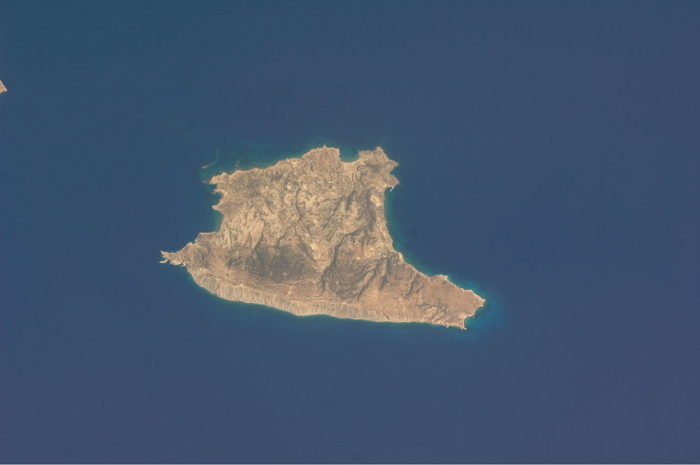
It is the southernmost Greek island, located to the south of its much larger neighbor, Crete, of which it is administratively a part, in the regional unit of Chania. Gavdos is described by Homer as the place where Odysseus shipwrecked on his way to Troy.
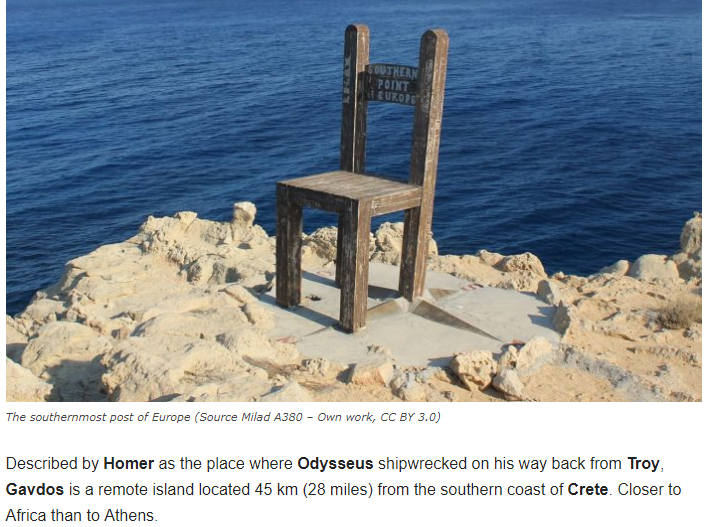
This island later appears in the biblical account of Paul‘s journey to Rome in Acts 27 as “Clauda” (Κλαῦδα) or “Cauda” (Καῦδα). The island was also referred to as “Cauda” by Roman geographer Pomponius Mela, and as “Gaudos” by Pliny. Ptolemy called Gavdos “Claudos” (Κλαῦδος), the Venetians called it “Gotzo” and from the 17th to the 19th centuries, the island was known as “Gondzo”. A Turkish name of Godzo was “Bougadoz”. (Wikipedia)
Today on this island you will find what we may someday call “the beaches of the Prophets” such as “one of the most beautiful beaches in Europe,” called “Agios Ioannis” or Ioannes (Greek: Ιωάννης), shortened to Giannis or Yannis (Γιάννης), which is a Greek given name cognate with Johannes and John
Interestingly, a name that would parallel the Biblical story of John as a possible connection to Crete and also this island of Gavdos is Potamos Beach. A name very similar and almost the exact spelling as Patmos, which some of you will know is the place where John had written the Revelation in The Cave of the Apocalypse said to be located about halfway up the mountain on the Aegean island of Patmos.
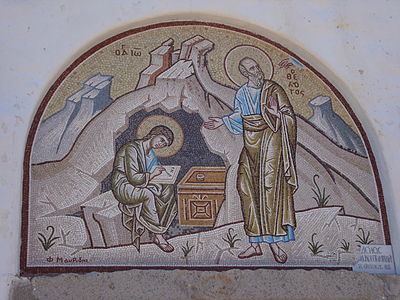
Furthering my own revelations in researching this idyllic Potamos Beach, I have discovered that not far from its sandy shores about halfway up the mountain are a series of mysterious caves.
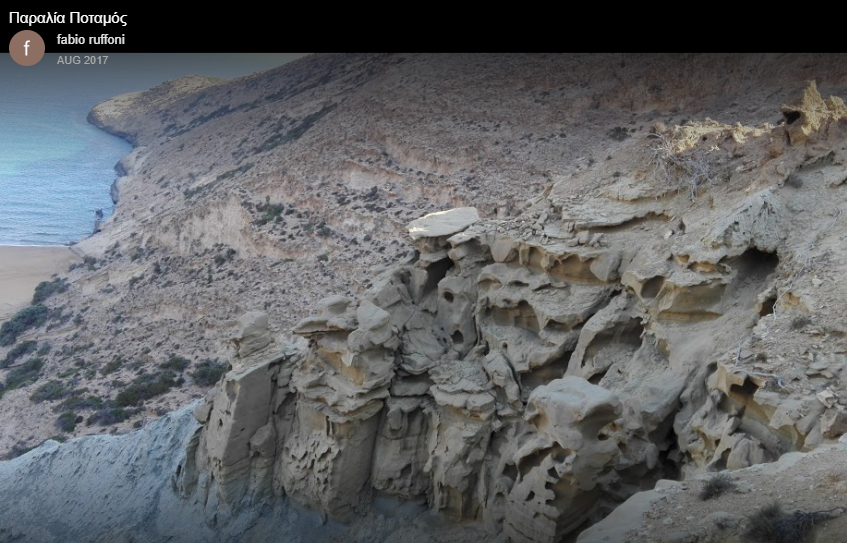

Moe is the founder of GnosticWarrior.com. He is a father, husband, author, martial arts black belt, and an expert in Gnosticism, the occult, and esotericism.

